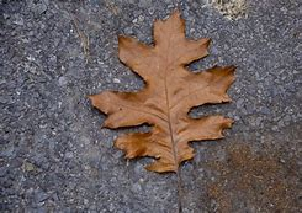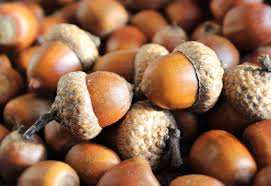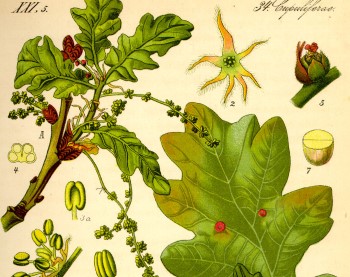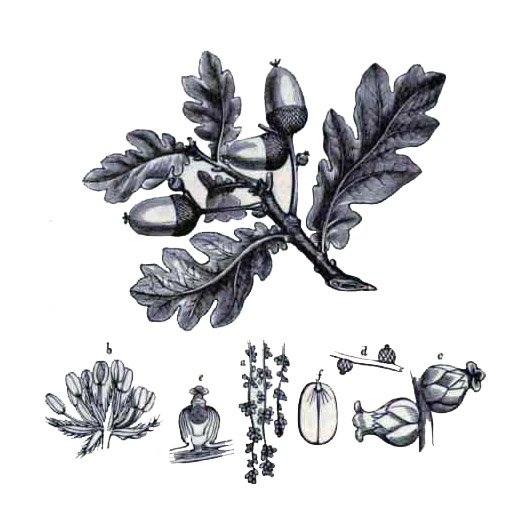Exercise 5.2: Pen and Ink: Quercus spp.
For this lesson we will focus on illustrating the genus Oak: Quercus spp.
An oak is a tree or shrub in the genus Quercus of which at least 600 species exist. The genus is native to the northern hemisphere which includes deciduous and evergreen species extending from cold latitudes to tropical Asia and the Americas.
Oaks have spirally arranged foliage, with a lobed margin in many species; some have serrated leaves or the entire foliage with a smooth margin. The flowers are catkins, produced in spring. The fruit is a nut called an acorn, developed in a cup-like structure known as a cupule; each acorn contains one seed (rarely two or three) and takes 6–18 months to mature, depending on species. The live oaks are distinguished for being evergreen, but are not actually a distinct group and instead are dispersed across the genus.




This exercise we are using pen and ink to illustrate one of the species from the Quercus genus. Since there are many oaks available, you have the option to choose which type to illustrate. Depending on your location and time of year, you may find a subject in your area.
If you are unable to locate a species of Oak, please choose an appropriate common, stately tree from your area of the world.
After you select a subject, start by listing what you want to include in your technical illustration. For the oaks this may be the tree form, foliage, flowers and fruit. Some technical illustration may only show the foliage and fruit, while some go into more detail with each aspect of the species. You may choose your level of detail.
Start by using your pencil to draw the overall layout and composition. Plan out how each different part of the subject are laid out on the paper. The layout does not need to be just like the example below. If needed return to previous exercises for tips and techniques for pen and ink. Once completed submit your work with your name, date and scientific/common name of the exact species you chose.
